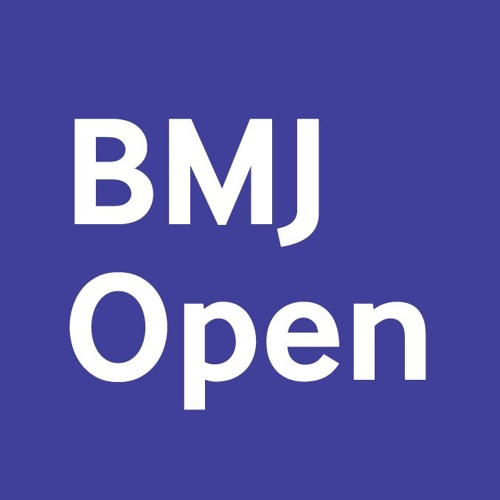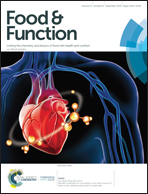 “The protective effect of cannabidiol (CBD), the non-psychoactive component of Cannabis sativa, against neuronal toxicity induced by cadmium chloride (CdCl2 10 μM) was investigated in a retinoic acid (RA)-differentiated SH-SY5Y neuroblastoma cell line.
“The protective effect of cannabidiol (CBD), the non-psychoactive component of Cannabis sativa, against neuronal toxicity induced by cadmium chloride (CdCl2 10 μM) was investigated in a retinoic acid (RA)-differentiated SH-SY5Y neuroblastoma cell line.
CBD (1 μM) was applied 24 h before and removed during cadmium (Cd) treatment. In differentiated neuronal cells, CBD significantly reduced the Cd-dependent decrease of cell viability, and the rapid reactive oxygen species (ROS) increase.
CBD significantly prevented the endoplasmic reticulum (ER) stress (GRP78 increase) and the subcellular distribution of the cytochrome C, as well as the overexpression of the pro-apoptotic protein BAX. Immunocytochemical analysis as well as quantitative protein evaluation by western blotting revealed that CBD partially counteracted the depletion of the growth associated protein 43 (GAP43) and of the neuronal specific class III β-tubulin (β3 tubulin) induced by Cd treatment.
These data showed that Cd-induced neuronal injury was ameliorated by CBD treatment and it was concluded that CBD may represent a potential option to protect neuronal cells from the detrimental effects of Cd toxicity.”

 “Amyotrophic lateral sclerosis (ALS) is a neurodegenerative disorder with no known cure and with an average life expectancy of 3-5 years post diagnosis.
“Amyotrophic lateral sclerosis (ALS) is a neurodegenerative disorder with no known cure and with an average life expectancy of 3-5 years post diagnosis.
 “Parkinson’s disease (PD) and L-DOPA-induced dyskinesia (LID) are motor disorders with significant impact on the patient’s quality of life. Unfortunately, pharmacological treatments that improve these disorders without causing severe side effects are not yet available. Delay in initiating L-DOPA is no longer recommended as LID development is a function of disease duration rather than cumulative L-DOPA exposure.
“Parkinson’s disease (PD) and L-DOPA-induced dyskinesia (LID) are motor disorders with significant impact on the patient’s quality of life. Unfortunately, pharmacological treatments that improve these disorders without causing severe side effects are not yet available. Delay in initiating L-DOPA is no longer recommended as LID development is a function of disease duration rather than cumulative L-DOPA exposure. “Microglia are the resident, innate immune cells of the central nervous system (CNS) and are critical in managing CNS injuries and infections. Microglia also maintain CNS homeostasis by influencing neuronal development, viability, and function. However, aberrant microglial activity and phenotypes are associated with CNS pathology, including autism spectrum disorder (ASD). Thus, improving our knowledge of microglial regulation could provide insights into the maintenance of CNS homeostasis as well as the prevention and treatment of ASD.
“Microglia are the resident, innate immune cells of the central nervous system (CNS) and are critical in managing CNS injuries and infections. Microglia also maintain CNS homeostasis by influencing neuronal development, viability, and function. However, aberrant microglial activity and phenotypes are associated with CNS pathology, including autism spectrum disorder (ASD). Thus, improving our knowledge of microglial regulation could provide insights into the maintenance of CNS homeostasis as well as the prevention and treatment of ASD. “The healthy benefits of hemp (
“The healthy benefits of hemp ( “Neonatal hypoxia-ischemia (HI) is a risk factor for myelination disturbances, a key factor for cerebral palsy.
“Neonatal hypoxia-ischemia (HI) is a risk factor for myelination disturbances, a key factor for cerebral palsy. “Hemp (
“Hemp ( “HIV-associated neurocognitive disorder (HAND) affects nearly half of all HIV-infected individuals. Synaptodendritic damage correlates with neurocognitive decline in HAND, and many studies have demonstrated that HIV-induced neuronal injury results from excitotoxic and inflammatory mechanisms.
“HIV-associated neurocognitive disorder (HAND) affects nearly half of all HIV-infected individuals. Synaptodendritic damage correlates with neurocognitive decline in HAND, and many studies have demonstrated that HIV-induced neuronal injury results from excitotoxic and inflammatory mechanisms.